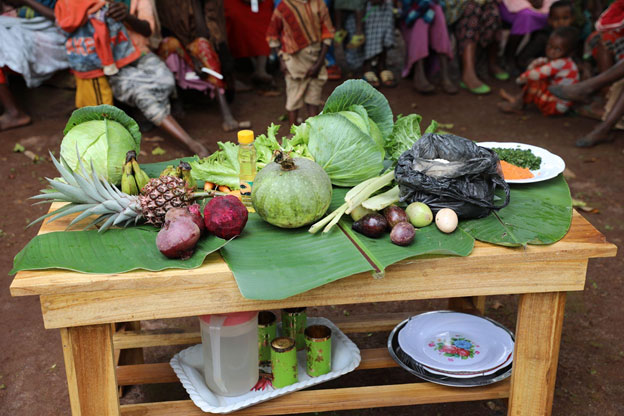UNITED NATIONS, Feb 07 (IPS) – Over the past few years, climate shocks have become more frequent and have devastated economies and agriculture systems, exacerbating widespread malnutrition and hunger. It has become increasingly apparent that the utilization of sustainable agriculture practices and disaster risk management systems are crucial to fulfill growing needs as natural resources continue to dwindle.
The Paris Agreement, an international treaty which seeks to limit average global temperatures to 2°C, was adopted by the United Nations Climate Change Conference (COP21) in 2015. A new analysis conducted by climatologist Professor James Hansen states that due to the rapidly accelerating nature of the climate crisis, previous climate goals are now considered impossible to achieve.
“The Intergovernmental Panel on Climate Change (IPPC) defined a scenario which gives a 50% chance to keep warming under 2°C – that scenario is now impossible. The 2C target is dead, because the global energy use is rising, and it will continue to rise,” said Hansen. He adds that global temperatures are likely to reach 2°C by 2045. It is estimated that this will trigger a rise in sea levels by several meters, the melting of polar caps, and irreversible damage to critical ecosystems around the world.
On January 28, the World Food Programme (WFP) released an update to their climate change policies detailing the urgency of effective climate action as it relates to worldwide food production. This release expands upon the 2017 version, underscoring the international setbacks that have contributed to the worsening climate crisis.






